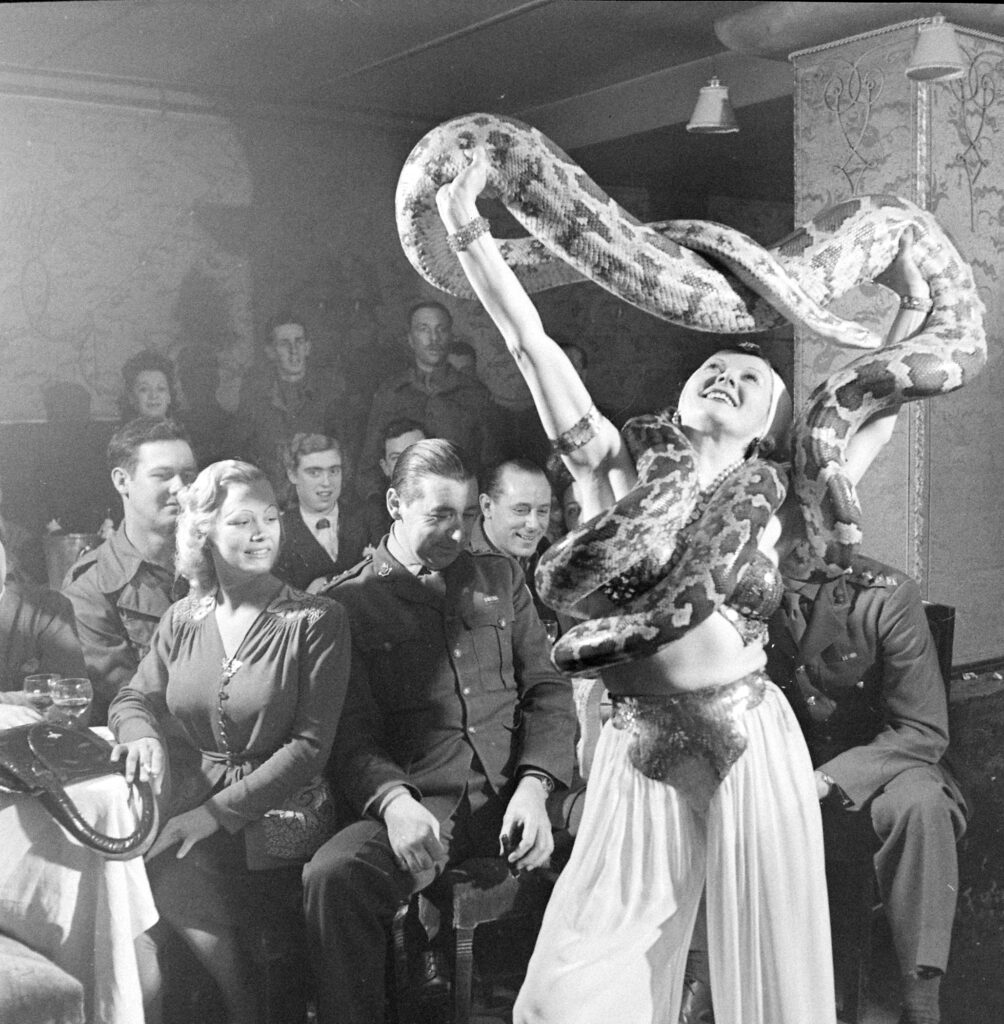Written By: Eliza Berman
The pristine wildlife of the Galapagos Islands, which are located nearly 600 miles off the coast of Ecuador, has long appealed to tourists with an eye for nature. In recent years, the number of such visitors has steadily increased: there were 200,000 of them in 2013, compared to fewer than 12,000 in 1979. But the attraction of the islands is far from new. That same wildlife also attracted a young naturalist to the islands in 1835, and his findings there would inform one of the most important scientific theories ever posited.
Charles Darwin had been sailing for three years on the H.M.S. Beagle, helmed by captain Robert FitzRoy, before arriving at the Galapagos. During the voyage’s five weeks at the islands, he observed giant tortoises and marine iguanas, mockingbirds and finches. His observations of the variations between species on different islands sparked the idea that would lead to his theories of evolution and natural selection, published more than two decades later in On the Origin of Species.
When LIFE sent photographer Alfred Eisenstaedt to photograph the islands in 1957, his camera found many of the same species Darwin had written about. In a lengthy essay accompanying Eisenstaedt’s photographs, LIFE summarized Darwin’s amazement upon finally embarking on the most anticipated leg of his journey:
The Beagle arrived on Sept. 15, and Darwin gazed with awe at the forbidding scene black basaltic mountains, pitted, cratered, blistered, seamed with lava flows, littered with slag heaps, strewn with cinders, parched and prostrate beneath a smoldering, sullen sky. To his eyes the landscape suggested “what we might imagine the cultivated parts of the Infernal regions to be.”
Liz Ronk edited this gallery for LIFE.com. Follow her on Twitter @lizabethronk.

Original caption: ” A giant tortoise, sensing danger, draws in its head with a hiss of alarm. It weighs 500 pounds, measures 51 inches down the back.”
Alfred Eisenstaedt The LIFE Picture Collection/Shutterstock

Galapagos Islands 1957
Alfred Eisenstaedt The LIFE Picture Collection/Shutterstock

Sea iguana, Galapagos Islands, 1957.
Alfred Eisenstaedt The LIFE Picture Collection/Shutterstock

Seals, Galapagos Islands, 1957.
Alfred Eisenstaedt The LIFE Picture Collection/Shutterstock

Original caption: “Galapagos hawk surveys a terrain in which it knows no fear, even of man.”
Alfred Eisenstaedt The LIFE Picture Collection/Shutterstock

Original caption: “Brown pelican, kin to the U.S. pelican, feeds by scooping small fish into its pouch.”
Alfred Eisenstaedt The LIFE Picture Collection/Shutterstock

Original caption: “Lava cliff on Indefatigable Island, mounting above cool, turquoise waters, shows aridity of the Galapagos climate by its crown of cactus trees.”
Alfred Eisenstaedt The LIFE Picture Collection/Shutterstock

Original caption: “Young fur seal suns itself on lava rocks of James Island. At three months, it has been weaned and has learned to swim and forage for itself.”
Alfred Eisenstaedt The LIFE Picture Collection/Shutterstock

Original caption: “Lava lizard dines on a smaller member of his tribe, an unusual meal since lizards normally eat insects. Most abundant of local reptiles, lava lizards are found everywhere on the islands, including the homes of men. When angry they blow themselves up with air and spit their displeasure.”
Alfred Eisenstaedt The LIFE Picture Collection/Shutterstock

Original caption: “Scarlet rock crab squirts water in a moment of fright. Hosts of these crabs search for food, seldom entering the sea though always moistened by spray. Surprisingly nimble, they skitter swiftly into crannies before the winged shadows of their enemies, the predatory birds.”
Alfred Eisenstaedt The LIFE Picture Collection/Shutterstock

Original caption: “Prickly pear cacti reach tree size in the Galapagos, rearing their oval pads to heights of more than 30 feet. Flourishing across the arid lowlands, they provide both food and water to tortoises, iguanas and other animals who consume them spines and all with no apparent ill effects.”
Alfred Eisenstaedt The LIFE Picture Collection/Shutterstock

Original caption: “Coastal pool on James Island is roiled by sportive splashing of a sea lion enjoying a dip. Playful and tame, Galapagos sea lions have held their own against man’s depredations, dwelling in herds on the rocks. Males often acquire harems of about 20 females which they guard jealously.”
Alfred Eisenstaedt The LIFE Picture Collection/Shutterstock

A bird perches on a rock, Galapagos Islands, 1957.
Alfred Eisenstaedt The LIFE Picture Collection/Shutterstock

Galapagos Islands 1957
Alfred Eisenstaedt The LIFE Picture Collection/Shutterstock

Galapagos Islands 1957
Alfred Eisenstaedt The LIFE Picture Collection/Shutterstock

Original caption: “1957 expedition was led by Dr. I. Eibl-Eibesfeldt of West Germany and Dr. Robert Bowman of U.S. Behind them: LIFE’s Photographer Alfred Eisenstaedt and Artist Rudolf Freund who illustrated the article.”
Alfred Eisenstaedt The LIFE Picture Collection/Shutterstock
























